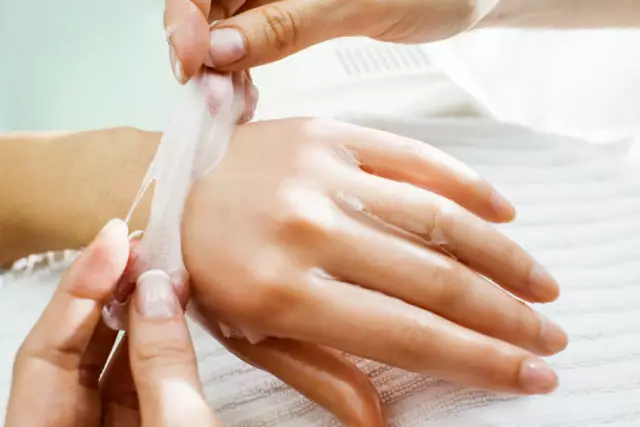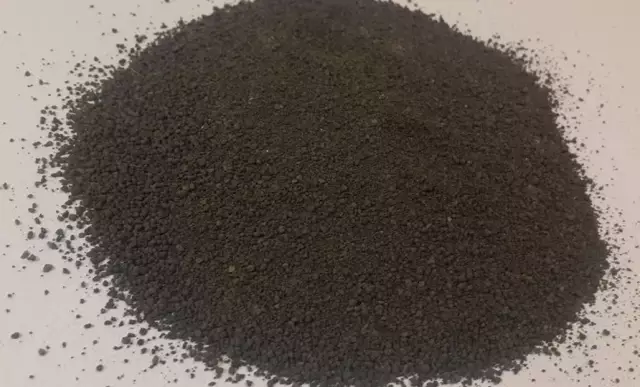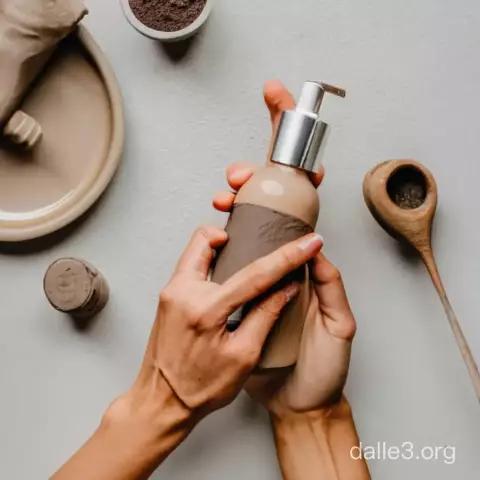- Author Rachel Wainwright [email protected].
- Public 2023-12-15 07:39.
- Last modified 2025-11-02 20:14.
Mud therapy

Mud therapy is a method of treatment using mud that has healing properties.
Procedure history
Mud therapy has been used since ancient times in Egypt, India, Greece and Rome. Pliny the Elder recorded the use of healing mud on the Crimean peninsula for the treatment of various diseases. The most popular were the muds of Lake Chokrak on the Kerch Peninsula, as well as the silt mud of the Nile, about which Claudius Galen wrote in his treatises in the 2nd century BC.
Healing muds are organic formations of the mineral type and are divided into peat, hill and silt types. These substances are rich in vitamins, salts, enzymes, biologically active components and gases.
In Russia, mud therapy began to be used during the period of settlement of the eastern peoples, when salt reservoirs with sediments were found. The mud contained iron sulfides, salts and various organic substances.
In the 19th century, in Russia and other European countries, mud therapy became the main therapeutic procedure in sanatoriums. In Odessa, Lipetsk, Anapa, Mineralnye Vody in the Caucasus and other cities, sanatoriums were opened on the site of mud stations.
Currently, mud therapy is becoming a popular procedure in beauty salons and medical centers.
Indications for mud therapy

Mud therapy is indicated for the following diseases:
- musculoskeletal system and bone structure - arthritis, rheumatism, polyarthritis of various types, spondyloarthritis, fractures, osteitis, myositis, scoliosis, bursitis, muscle and joint injuries, osteomyelitis, etc.;
- nervous system - radiculitis, neuritis, neurofibromyositis, disorders in the functioning of the organs of the nervous system, injuries of the spinal cord and its membranes;
- respiratory system - bronchitis, asthma, infiltration, adhesions in the thoracic region, etc.;
- digestive system - gastritis, peptic ulcer, postoperative adhesions, colitis, hepatitis, cholecystitis, etc.;
- genitourinary system - hormonal disorders, endometritis, metritis, prostatitis, orchitis, sexual dysfunction;
- cardiovascular system - thrombophlebitis, myocarditis, arrhythmia.
Mud therapy has positive reviews as an effective procedure aimed at healing wounds, keloid scars, scars and trophic ulcers.
Features and benefits of mud therapy
Mud therapy consists of three main components:
- mud skeleton, which consists of magnesium and calcium salts, sand particles and clay;
- mud solution consisting of organic acids, brine salt, decomposition of the estuary microflora and beneficial microorganisms;
- complex of colloids - organic matter, humus, etc.
Mud therapy allows you to exert temperature, chemical and mechanical effects of a therapeutic nature on the body. As a result, there is a deep penetration and targeted impact on the pathological focus of the disease, as well as its complex treatment.
When applying mud on the skin and further wrapping a part of the body with a special film, the body goes through two phases of treatment - neurochemical and reflex. Nerve receptors are irritated, and the central nervous system is excited, after which the metabolism is normalized.
Mud therapy has good reviews as an effective therapeutic technique aimed at enhancing blood circulation, saturating the body with oxygen and improving myocardial contractility.
After the course of procedures, blood pressure normalizes, urination improves, and the functioning of the autonomic nervous system stabilizes.
Contraindications
Mud therapy is contraindicated in cancer, tuberculosis, exacerbations of chronic diseases, acute infections and progressive inflammatory processes, hypertension, infectious gynecological diseases, internal bleeding, blood diseases and toxicosis.
Also, mud therapy is contraindicated during pregnancy and breastfeeding.
With caution, mud therapy is prescribed for severe diseases of the cardiovascular system, renal and hepatic failure, mental disorders.
Found a mistake in the text? Select it and press Ctrl + Enter.






